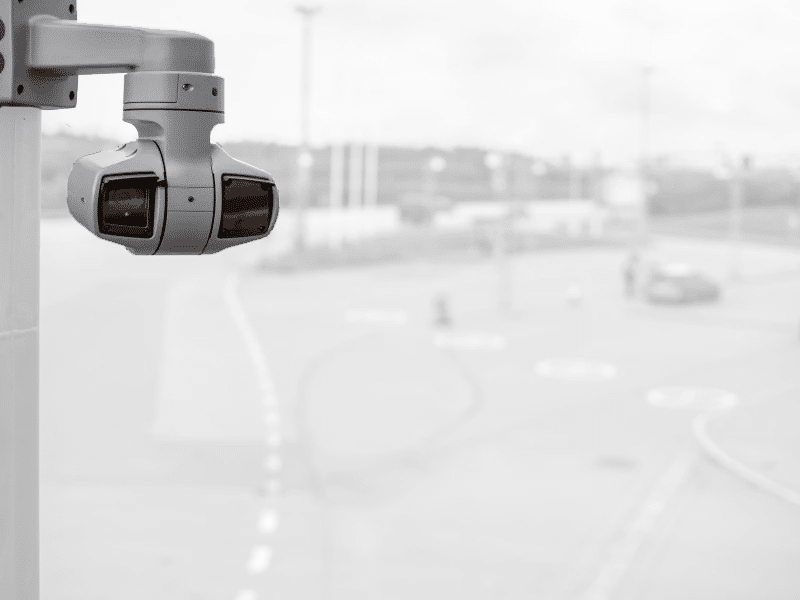Modern Military Applications of Telescopic Masts: Communication, Surveillance, and More
This year, the US military is due to spend $107 billion on research of new technology. Thanks to budgets like these, military tech is a fast-moving field. It’s also an old rumor that the military has access to technological advancements civilians can only dream about.
Reports state that some of the current advancements the military is looking into include things like self-steering bullets and virtual reality headsets.
As you can see, the military is definitely developing a bevy of exciting technologies. However, it still relies on some staple pieces of equipment to get the job done out in the field.
One of these vital pieces of equipment is telescopic masts.
Of course, just like anything else, masts for military use have evolved and now come with enhanced capabilities.
Curious to know what the military is using telescopic masts for these days? If so, keep reading and come with us on a deep dive into the modern-day military use cases of telescopic masts.
For Navigation Purposes
One of the applications of telescopic masts in military operations is for radar and navigation purposes in remote areas.
Military units can attach telescopic masts to trailers and all-terrain vehicles. This allows for fast mobile deployment. The masts can be raised in almost any area to establish connection to satellites.
This is an essential use case. Military operations are often undertaken in areas where satellite tower signals do not reach.
In some cases, GPS equipment is also unable to establish a satellite connection. In these situations, telescopic towers can be used to elevate receivers. By elevating antennas, units can facilitate a more reliable connection for GPS navigation.
For Communication
Another essential function that telescopic masts are used for in the military is communication. In areas receiving little-to-no tower signal, the military uses masts to raise antennas for military radio systems. This in turn facilitates telephonic, phototelegraphic, and data transmission communications.
Reliable communication in remote locations is a vital component of successful military operations.
Telescopic masts play a key role in facilitating this. Due to their rapid deployment capabilities, military units can quickly establish communications. Units can do this in almost any environment through the use of telescopic masts.
For Drone Tracking
The military has been using masts for decades. As you can see, they are essential for establishing satellite connections and radio communication.
More recently, telescopic masts have begun enabling a new high-tech military function; that of drone tracking.
New research is allowing the military to track drones through the use of infrared sensors. Surveillance units mount these onto telescopic and other masts. Once elevated the sensors can detect and track enemy drones, or, more technically termed, Unmanned Aerial Vehicles (UAVs).
Telescopic masts allow infrared tracking of Unmanned Aerial Vehicles (UAVs) from as far as seven kilometers.
Besides enabling UAV tracking, mast-mounted infrared sensors are also designed to be able to track humans. In addition, they are also able to maintain and update histories of target tracks.
For Surveillance
Telescopic masts are used in many industries for surveillance purposes. For instance, in first response applications, there are a number of advantages to deploying telescopic mast surveillance over drone surveillance.
The same is true in certain military applications. Telescopic mast surveillance offers round the clock monitoring of fairly large areas. At the same time, it is more reliable than UAV surveillance methods because telescopic mast surveillance is not as vulnerable to unfavorable weather conditions.
Additionally, elevated video surveillance can operate without power-related interruptions. UAVs rely on battery power and have limited flying time. With telescopic masts, on the other hand, units can deploy continuous surveillance due to the availability of an uninterrupted power supply.
Thanks to the fact that UAVs are governed by air laws, they are not deployable in all situations and locations. With the use of telescopic masts, the military can implement extensive ground-based surveillance free of the restrictions typical to UAVs.
For Meteorological Purposes
Another benefit of having a portable tower in tow is that the military can carry out meteorological monitoring. This can be done in remote locations. Stations can also easily be shifted thanks to the mobile nature of telescopic mast systems.
The military conducts extensive weather-related research. This is both for prediction purposes as well as weather modification research.
To further its weather-related data collection, the military even has its own weather satellites. These satellites are used for both civilian forecasting purposes and tactical support.
Telescopic Masts Are an Essential Piece of Equipment for the Military
As you can see from this article, telescopic masts are an essential piece of equipment for the military. They enable communications, drone tracking, human tracking, reliable surveillance, and more.
Telescopic masts might not be as futuristic as plasma shields or laser canons, but they play a highly vital role in military operations.
What’s more, telescopic masts are developing more and more capabilities by the day.
Take The RATT for example. Thanks to its innovative design, it can be deployed in under five minutes in any weather conditions. This means that military and other operations can elevate surveillance or communication equipment as high as 30-50 feet in less time than it takes to make a cup of coffee.
What’s more, The RATT is compatible with any vehicle that has a 2×2” hitch receiver. Thanks to the robustness of its design, this portable trailer and mast can go anywhere that a military all-terrain vehicle can travel.
Free from the limitations of UAV surveillance, such as bad camera angles, limited battery life, and weather vulnerability, The RATT offers reliable and virtually instant elevation and surveillance.
Requiring no maintenance and no special training, The RATT can be used by all who serve and protect the country.
Would you like to inquire about The RATT’s specs and capabilities for your operation? If so, contact us today, and our hands-on team will be happy to assist.






